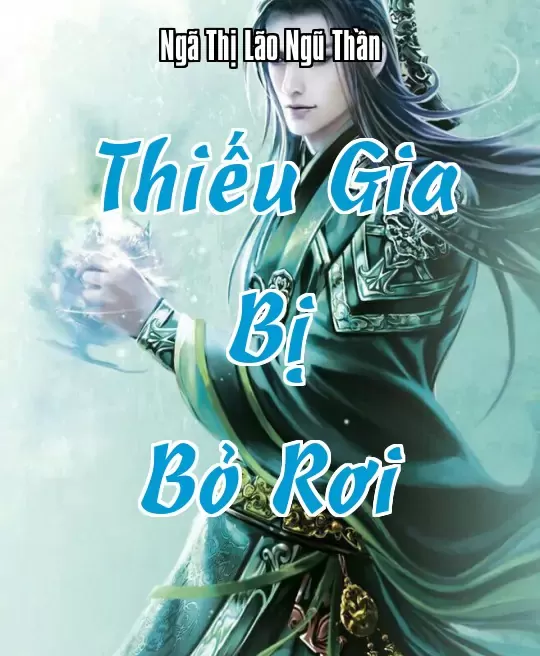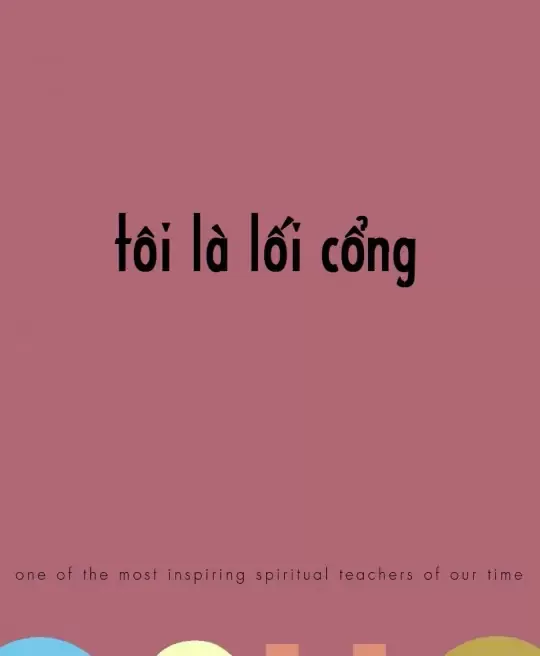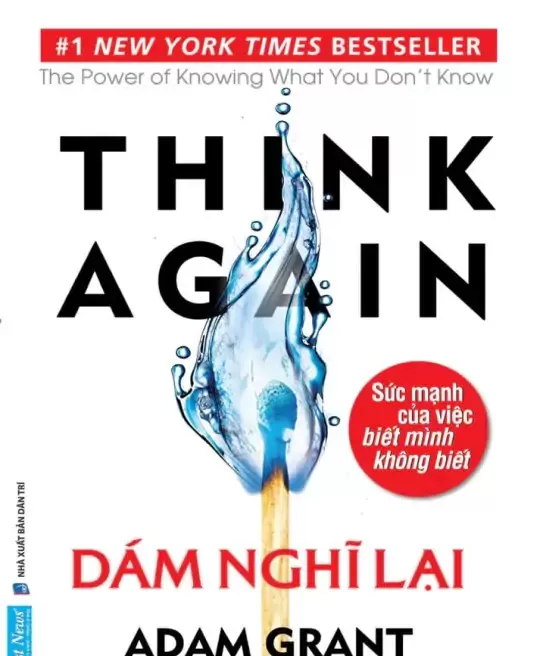1478
although they both are critical of the idea of including the mythical stories as a
separate category contending that "all historical and worldly folklore contain
mythical elements (as recognized by the author himself), and vice versa all
mythical stories do reflect historical or worldly facts."
1
Over the years, Durand
'
s theme-based approach has generally not been
accepted by researchers in the study of folklore for its sociological bias without
adequate attention to modes of artistic presentation. Dinh Gia Khanh and Chu
Xuan Dien
'
s views on excluding the mythical category are no longer from India,
Egypt, Greek and Europe. Nguyen Dong Chi rightly deserves credit for his
meticulous comparative research work and his firm grasp of the typological
study that underlie his systematic classification of Vietnamese folklore. Nguyen
Dong Chi is also acclaimed for his inclusion of third category, i. e., historical
stories, those which are rarely found elsewhere in Asia and Europe. Nguyen
Dong Chi, commenting on this unique feature of Vietnamese folklore, said:
"Folk tales on historical events are typical of Vietnamese folklore because the
Vietnamese, throughout their history, have had to constantly fight off foreign
aggression and domination in order to attain national independence, therefore,
there is a strong allegiance to "nationhood". And naturally events and
phenomena are often explained from "historical" views. " (Nguyen Dong Chi:
76-77). The unique historical perception of the Vietnamese is said to underlie
their artistic thought patterns which are different from other communities. This
is a noteworthy line of argument.
3. In the later parts of his works, Nguyen Dong Chi makes a profound study of
the prevailing thought patterns of Vietnamese which are used as the underlying
assumption for the analysis of the main characteristics of Vietnamese folklore.
Nguyen Dong Chi
'
s analysis is based on his keen insight and broad knowledge
of the subject matter, hence the originality in his theoretical treatment. He
comments that mythical folklore account for a modest proportion, and the
degrees as well as the frequency of mythical magnification are not so great. This
conclusion is drawn from careful statistics on the number and types of mythical
stories. In addition, he goes into analyze them against the backdrop of the typical
thought patterns of the Vietnamese to arrive at their features such as
"[Vietnamese mythical stories] do not deviate too far from the mundane world"
(Vol. V: 2426), are "closely bound by realties" (Ibid.: 2428), have "little
religious inclination" (Ibid.: 2428). He also mapped out a chart showing the
impact of thought patterns on the information of "native artistic creation"
(Ibid.:2428), especially on the "development of a folk story... in which there is a


